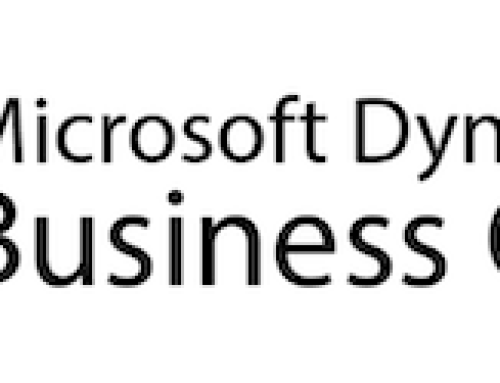There are some specific ways that Acumatica accounts receivable module is different than ERP systems. In this demo, we will show you three features that we like – creating detailed invoices, setting up recurring transactions, and the cash receipt process.
Watch the video: Quick Look at Detailed Invoices, Recurring Transactions and Cash Receipt Process in Acumatica Accounts Receivable Module
Video Transcription:
“So we’re going to go over to our receivables module really quick. And just want to point out to you here how Acumatica’s receivables module is different, again, from other ERP systems, in the fact that it allows you to create a detailed invoice.
A lot of systems, unless you own the sales order processing module, you can’t create detailed invoices for your customers, it’s more of a free level invoice. Because of the way Acumatica is structured and allows you to utilize non-stock items, it gives you the ability to create a detailed invoice for your customers, using either non-stock items or service items, or you don’t have to use any items at all if you choose to go in that direction, and you can just put in an amount that would display on the invoice here.
So we’re going to create an invoice for our customer, US Bartending, and we’re going to invoice them for some annual maintenance as well as an extended warranty. Now, because of the non-stock items that we’re pulling in, we already have the coding for the account associated with that non-stock item, so it knows to use the 40,000 account. And we also have a price list set up for that particular annual maintenance item, so the price is defaulting in automatically for us.
And I’m going to go ahead and I’m going to save that. Now I’m not going to release this right away because I want to introduce the recurring transaction functionality to you. So, because this is annual maintenance and this warranty is only good for a year, instead of having to every year go out and create that maintenance bill. We could make use of recurring transactions here, where we can set up a template that includes that balanced invoice that we just created so that that invoice will recur year after year until we go ahead and we cancel that.
So we put in a description of the recurring maintenance renewal. We’re saying it’s recurring monthly every 12 months, on a particular day, and we’ll just pick today’s date. And then we’re going to go add that balanced invoice here to this recurring template. And this is how it knows which invoices are actually being included in this recurring schedule. So I’m going to hit save. One thing you’ll notice if we go back to that invoice, the status of that invoice that was originally balanced has changed to scheduled, so that’s your indicator that that invoice is being used as the base for recurring transactions.
So we can go ahead and we can run our recurring transaction. You can do this one by one if you have a lot of them set up. There is a process that will just go ahead and create everything that that’s basically due to be created. We go to the generate documents and here you can see that recurring invoice that is going to recur once a year.
We’re going to release this really quick and then I’m just going to show you the cash receipt process as we close out the functionality here in the receivables module. So we’re going to go over to payments and applications. You could also have gotten to this right from the invoice if you chose to do so and could’ve paid the invoice that way. We’re going to hit the plus button and we’re going to pull up our customer U.S. Bartending.
Now when I pull up the customer, what’s going to load in the grid are all the open invoices. And here’s where I can go and I can decide once I set my cash account, which invoices we’re paying. So we could put up in our payment amount, up in the header, $14,500, and then we can go select that bottom invoice and it’s going to take that payment of $14,500 and allow me to apply it to that invoice that I just selected.
The system does have logic built into it if we enable it where it could actually do the apply automatically, if you chose to have the system configure it that way, to automatically apply to the oldest invoice moving forward.”
This is a snippet from a detailed Acumatica overview. Watch the full video – Acumatica Lunch and Learn Part 2 – Acumatica Financials.
If you want to see more features that stand out in Acumatica review the series of articles our senior ERP consultants have published that compare Acumatica vs Microsoft Dynamics GP.
Get Acumatica user tips at www.calszone.com/tips.
Are you ready to evaluate Acumatica or looking for Acumatica training and support? Contact CAL Business Solutions at sales@calszone.com or 860-485-0910 x4.
By CAL Business Solutions, Acumatica and Microsoft Dynamics GP Partner, www.calszone.com

















